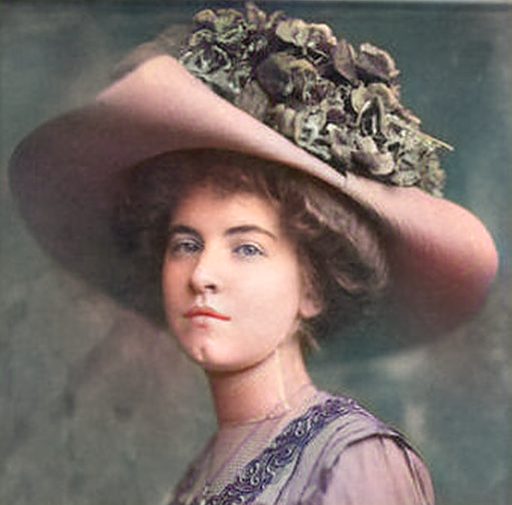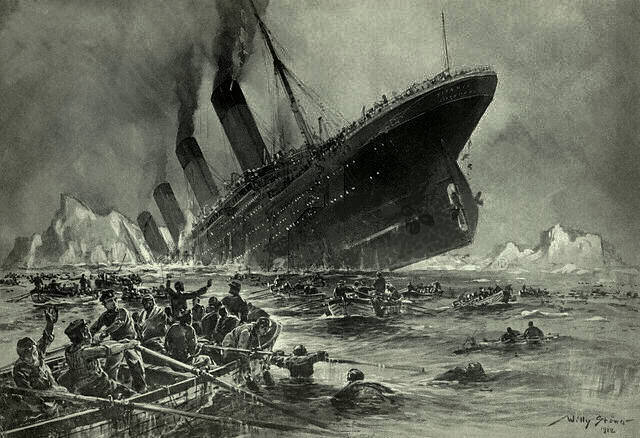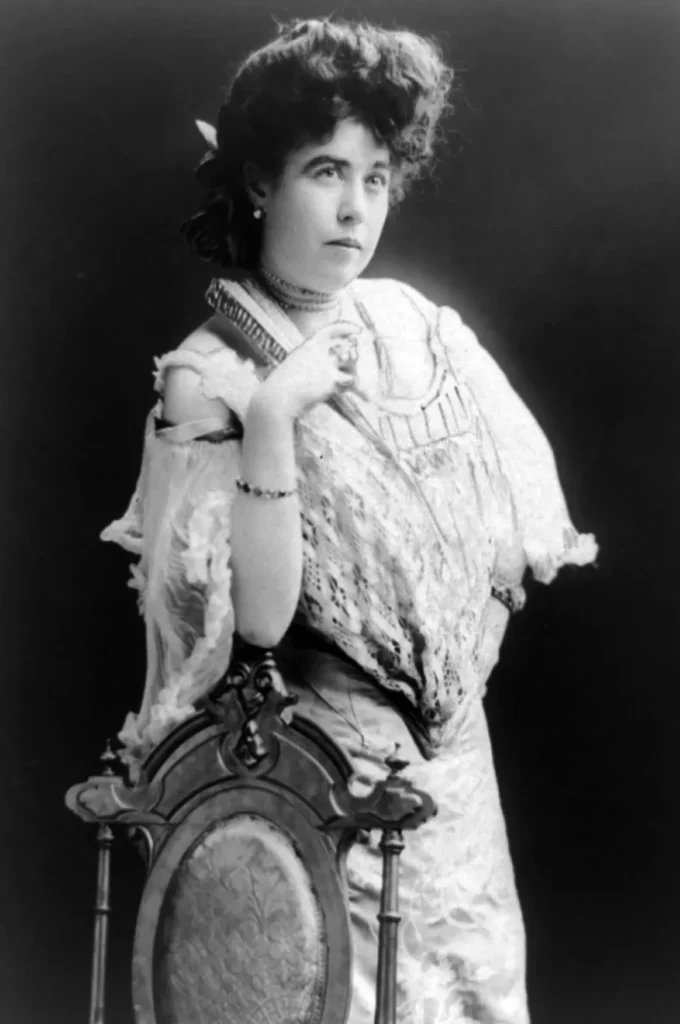The Unsinkable Violet Jessop: The Woman Who Survived the Titanic and Britannic

Introduction
Among the countless stories of shipwrecks and maritime disasters, few are as extraordinary—or as improbable—as the life of Violet Constance Jessop, a woman who not only survived the most infamous sea disaster in history, the Titanic, but also the sinking of her sister ship, the Britannic, and was present during a collision involving their older sibling, the Olympic.
Known as “Miss Unsinkable,” Violet’s story is a gripping tale of endurance, chance, and survival, set against the backdrop of early 20th-century maritime history and the golden age of ocean liners.

Early Life
Violet Jessop was born on October 2, 1887, in Bahía Blanca, Argentina, to Irish immigrants. She was the eldest of six children. Violet faced adversity early in life—she contracted tuberculosis as a child and was given just months to live. Yet, she recovered, a foreshadowing of her resilience.
After her father died when she was 16, the family returned to England. To support her family, Violet began training as a ship stewardess, a profession unusual for women at the time. In 1908, at age 21, she joined the Royal Mail Line, and later, the White Star Line.
The Olympic (1911)
Violet’s first major assignment was aboard the RMS Olympic, the largest and most luxurious ship in the world at the time and the first of the three Olympic-class liners built by the White Star Line.
On September 20, 1911, while navigating near the Isle of Wight, the Olympic collided with the British warship HMS Hawke. Although there were no fatalities, both ships suffered significant damage. Violet was on board, unharmed. The incident marked her first brush with disaster at sea.
The Titanic (1912)
Less than a year later, Violet was transferred to the RMS Titanic, the second ship in the Olympic-class trio, and the most celebrated. She joined as a first-class stewardess, catering to the elite passengers.
The Night of the Disaster
On the night of April 14, 1912, the Titanic struck an iceberg in the North Atlantic. As chaos unfolded, Violet remained calm and helped passengers into lifeboats. She later wrote in her memoirs that she was ordered to “act as an example of how to behave for the non-English-speaking passengers.”
Eventually, she was ordered into Lifeboat 16—not as a passenger, but to care for a baby. She survived the night in freezing waters and was rescued by the RMS Carpathia. The baby she held was reportedly claimed by its mother days later on the rescue ship.
The Britannic (1916)
During World War I, the British government requisitioned the third Olympic-class liner, the HMHS Britannic, converting it into a hospital ship. Violet volunteered as a nurse for the British Red Cross and boarded the Britannic in 1916.
The Sinking
On November 21, 1916, the Britannic struck a German naval mine in the Aegean Sea, near Greece. The explosion was massive and tore a hole in the hull. Within 55 minutes, the Britannic went down—the largest ship lost in WWI.
As the ship sank, Violet jumped into the sea but was nearly killed when a lifeboat was sucked into a still-turning propeller, killing many. She sustained a skull fracture but survived, again.

Later Life and Career
Despite her trauma, Violet returned to sea service, working for both the White Star and Red Star Lines until she retired in 1950. She reportedly had many suitors but never married. She lived a quiet life in Suffolk, England, raising chickens and tending her garden.
She died on May 5, 1971, at the age of 83.
Legacy and Fascination
Violet Jessop became a symbol of endurance. Her survival of three major maritime incidents led to her nickname, “The Unsinkable Woman.” Though she kept a low profile in life, her fame grew posthumously as historians and Titanic enthusiasts uncovered her story.
Memorable Facts About Violet Jessop:
- Worked on all three Olympic-class sister ships.
- Survived two of the deadliest maritime disasters of the era.
- Served during World War I as a Red Cross nurse.
- Lived decades after her experiences without seeking publicity.
Was It Luck, Destiny, or Something Else?
Some viewed Violet’s story as eerie or miraculous. Was she incredibly lucky, or was fate simply using her as a witness to history? Despite rumors, Violet maintained that she was just doing her job—showing courage and professionalism amid tragedy.
Interestingly, she once received a call years later from an anonymous woman asking if she had saved a baby during the Titanic disaster, then simply said, “I was that baby,” and hung up.

Conclusion
Violet Jessop’s life reads like a novel: full of danger, loss, resilience, and survival. She was a real-life heroine, not only for escaping death but for serving others during some of the darkest hours at sea.
Her story reminds us of the human capacity to endure and the quiet heroism found in the most unlikely people. In the annals of maritime history, Violet Jessop stands not just as a survivor, but as a legend.




